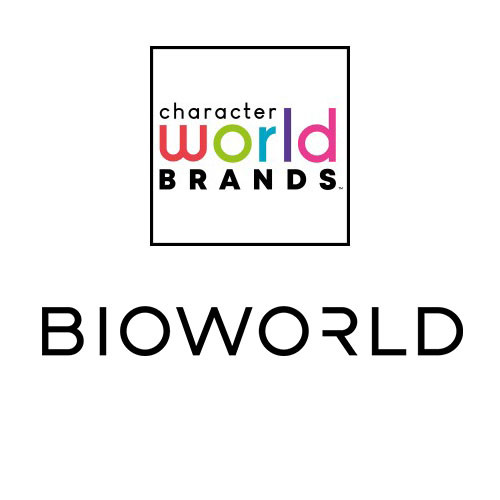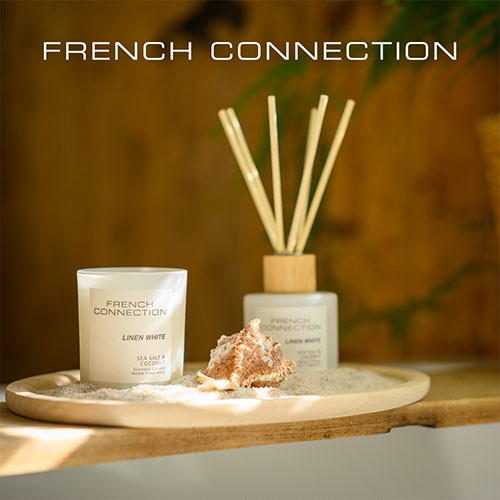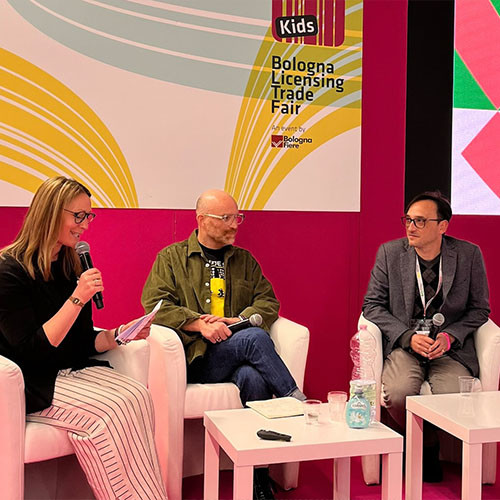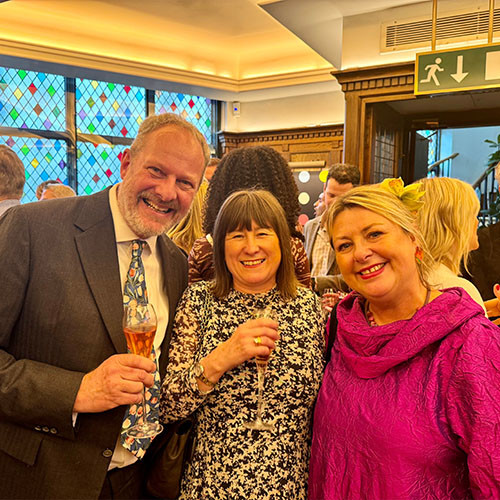Start Licensing’s Ian Downes takes a whistlestop tour of some fast fashion retailers.
Apparel has always been a mainstay of licensing both in terms of revenue contribution and visibility. It is a market sector that has changed dynamically with a rise in collaborations, more online selling and a move to fast fashion.
Retailers like ASOS, Primark, Uniqlo and Boohoo have helped reshape the market. With this in mind I used a spare hour I had this week to take a fast fashion tour of the fast fashion market. I was in Hammersmith so was able to visit a number of well-known retailers in one visit – this in itself reveals one of the challenges high street retailers face: how do they make themselves stand out from their competitors?
As an aside I always take photos in shops – normally this passes without incident but on more than one occasion I have been asked not to take photographs. I have never really been sure what the objection to someone taking photos is, not least in a social media world. Indeed I am quite struck by how few retailers seem to engage with the potential of photo sharing and social media in the context of their shops.
You rarely see ‘calls to action’ like hashtags or in-store materials to help encourage the use of social media. Maybe retailers feel this could lead to a lost sale, but I think retailers need to embrace social media more proactively – I think it could help project their story and if integrated properly create direct selling opportunities.
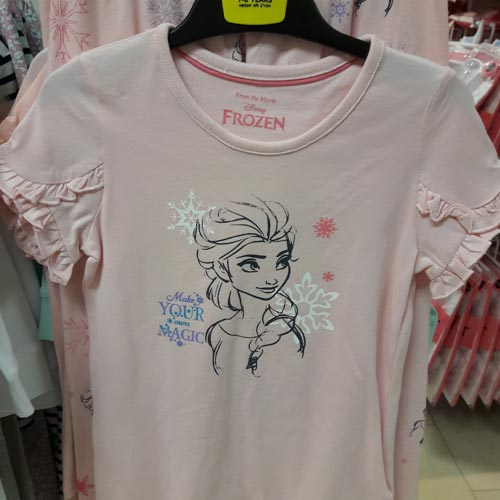
Having successfully dodged the store detectives I started my retail journey in Marks & Spencer. M&S has been ‘in’ licensing for as long as I can remember – 25 years ago you would almost have a duplicate licensing programme with licensees who just supplied M&S. This has changed over the years and there was a time where it seemed M&S had moved away from licensing. However it seems that it is taking a controlled and focused approach to licensing these days.
My store visits are not comprehensive so my snapshot may be wrong but it seems it is focusing efforts in the children’s apparel area across categories like nightwear and placing its trust in classic or long-running properties such as Frozen, Spider-man, Snoopy, Thomas and Paddington. It seems to have developed its own designs to give it a touch of originality in the market.
There didn’t seem to be much licensing in the adult apparel category and this is maybe an opportunity area for M&S where it could look to lifestyle brands or fashion heritage brands.
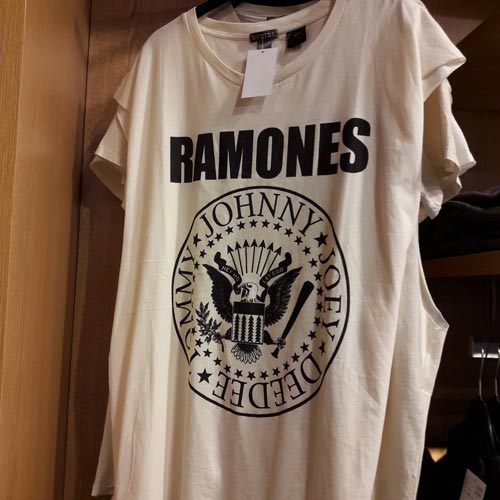
I then moved onto H&M and a key factor here was the fact that as a pan European retailer its choice of licences have to reflect the international reach. Featured licences included Atari, NASA, the Ramones and Metallica. This selection also underpins a trend towards music and bands in fashion – bands like the Ramones now becoming brands. While Atari and NASA designs were focused on logos – logo t-shirts are a recurring trend and in this context iconic names come to the fore. NASA as a fashion brand seems to be taking off.
Interestingly H&M also had a Simpsons t-shirt for adults – reinforcing the fact that while The Simpsons are no longer the hottest property it is now a classic property and one that has international reach not least because of the international reach of the TV series.
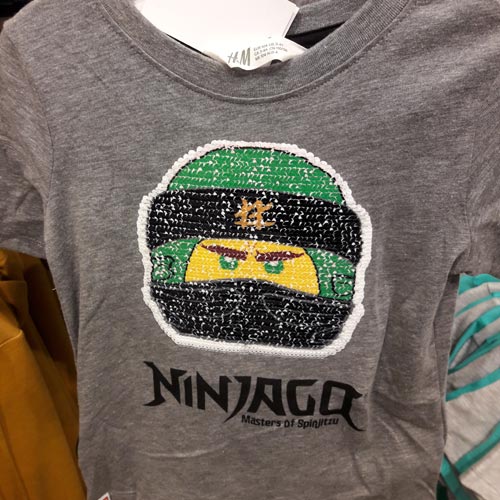
Pepsi also featured in H&M in the ladies’ category and it was good to see a retailer investing in good in-store displays to ‘sell’ a range. In H&M’s children’s department it was no surprise to see PAW Patrol, LEGO and Marvel, but perhaps more surprising to see gaming brands like Pac-Man and Super Mario. The latter is a confirmation that gaming brands are growing in strength in the market and hold cross generational appeal. Parents would have played Pac-Man and buy into it.
Interestingly there were some good examples of added value in design terms in the H&M kids products with embellishments on garments such as simmer effect finishes – the LEGO one was so effective a young child was literally playing with the t-shirt. I guess not surprisingly H&M was backing Disney with a range of ‘cute’ designs featuring Minnie Mouse in nightwear. Another indication of the strength in depth Disney has.
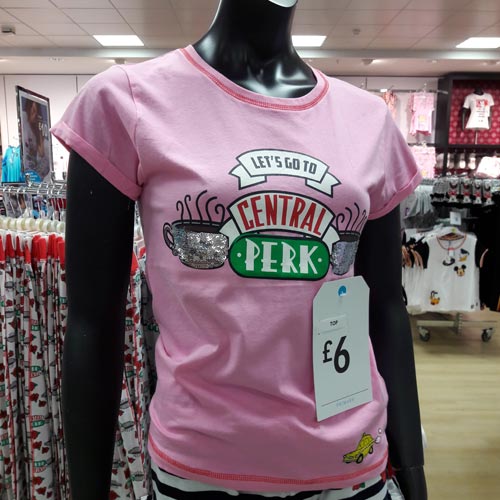
I finished my whistle stop tour in Primark. Primark shops always seem busy to me and have a formula that appeals to consumers. I think one thing it does well is to group products by design theme, brand or category.
A good example of this was the Friends range. A smart move to focus on this classic TV series – I am guessing demographically some of the fans who watched the show in their early teens are now in their twenties and are Primark shoppers. It is a brand they recognise and have an affinity for. Primark has developed a range with depth and supported it in-store. Here I think there is a lesson that sometimes a ‘test’ which is say just one t-shirt is not really a test – it is important to be bold and back your hunches. I think licensors can help retailers by providing more insight into fans and fan groups.
Here again social media can provide some good evidence of trends and popularity. Brand owners like Warner Bros are getting better at exploring their archives and activating campaigns around heritage properties. But to do this you have to commit time and resource especially in design terms. Primark also invests in large scale header card posters to signpost ranges with well shot photography. Licensed ranges as Disney nightwear feature prominently. I am guessing these call to action photos work well in sales terms. Disney is also mining its character archive – a good example of this was a Chip ‘n’ Dale nightwear product. The design style was a classic animation paint style which suits archive characters well. Other Disney characters in-store were Mickey and Minnie – both of which have iconic status now and designs reflect this. Primark is also at the forefront of gaming brands with the likes of Pac-Man and Mario in store.
In the case of Primark, it had framed these in a Japanese context tapping into the trend for Japanese pop culture. Music and brands were also key themes in Primark with NASA, VW and Nirvana featuring again a reflection that fashion trends are changing.
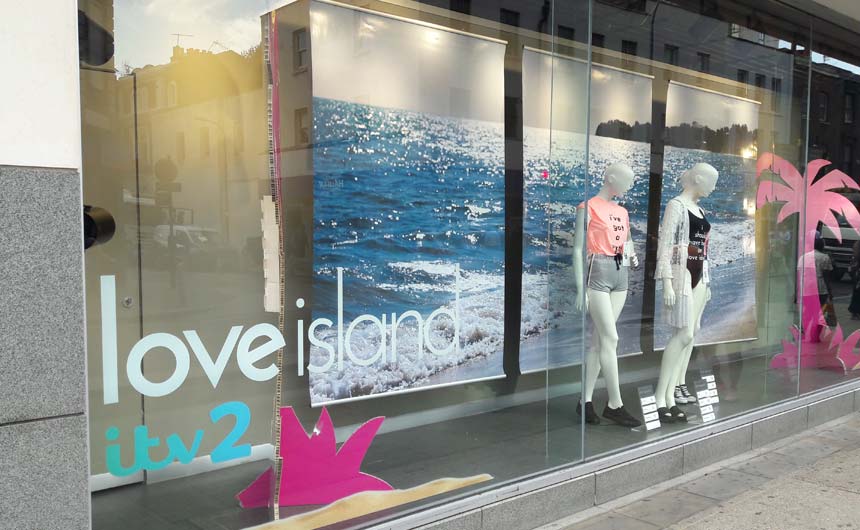
Primark is also a big supporter of Love Island and the window displays reflected this. Love Island is a good example of how licensing, retail, marketing and promotion can work together and broadcasters seem to be more aware of the potential that this integrated approach to IP management offers them.
Related to this, and as a result of my final retail stop, I felt the power of Love Island.
My final retail stop was made at the bookies to check out the 1.30 at Ayr, but I spotted a branded betting slip for Love Island. You can bet on the outright winner Male and Female, the final couples and a few other ‘speciality bets’ as they are known in the trade. This was not licensed – I think – but it is an indicator of how a media brand can still make an impact across the market.
For the record I followed the advice my grandad gave me – he was a bookie’s runner in the 1950s – he advised me never to bet on anything that can talk… so I decided not to lump on in the Love Island stakes.
Ian Downes runs Start Licensing, an independent brand licensing agency. His Twitter handle is @startlicensing – he would welcome your suggestions for what to look out for.














